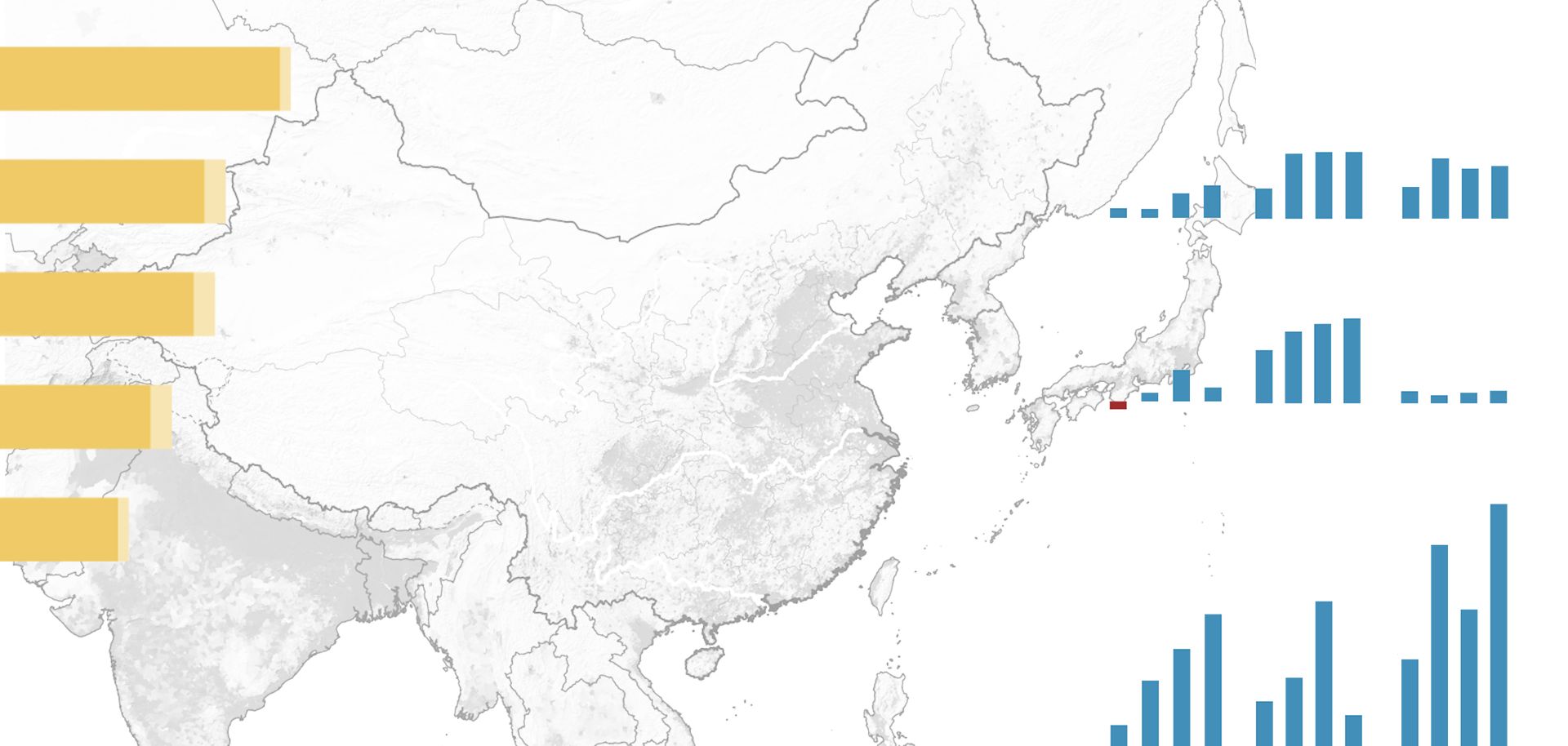
A massive wave of migration has swept through Europe for much of the 2015, as hundreds of thousands of people arrive from conflict-ridden parts of the globe. The European Union is still struggling to find a way to adapt or to stem the flow. Germany, as a major migrant destination and EU leader, has led the effort. On Oct. 25, a selection of European leaders gathered in Brussels to discuss the crisis, including representatives from Germany, Austria, Hungary, Slovenia, Croatia, Bulgaria, Romania and Greece. Non-EU members Macedonia and Serbia also took part. The summit was the latest attempt to come to a consensus on a solution to the problem and contain the resulting political fallout.
Ultimately, it has been the sheer number of migrants this year and the shift in arrival routes that have led to deeper structural problems. In 2014, the primary route into Europe was across the Mediterranean from the south. Migrants traveled in boats of up to 800 passengers from the North African coast to Italy and Malta, the so-called southern route. In 2014, 170,000 people took this journey, the vast majority from African countries, with 25 percent (around 42,000) coming from Syria. So far in 2015, volumes on this route have remained much the same, with the number of migrants holding relatively steady at around 139,000. The one key difference, however, is that Syrians now make up just 5 percent of the total.
But while the Italian route has been relatively static, migration along the alternative eastern route has surged. This year the number of arrivals through Greece has risen to 530,000. The sea traffic across the narrow straits between Turkish coastal towns such as Izmir and Bodrum, and Greek islands such as Lesbos and Kos, has gradually increased. In September 2015 alone, 156,000 immigrants took the eastern route compared to just 7,000 in the same month the previous year. Of this tidal wave of migrants, 66 percent are Syrian, 21 percent are Afghan and the rest are mainly from Iraq and Pakistan.
After landing on the Greek islands, the migrants make their way to a nearby port and register with authorities before boarding the first available ferry to Athens. From there, most of them go north to Thessaloniki and then up through Macedonia to Serbia. (In each country, authorities issue papers allowing them to transit for 72 hours.) These arrivals are mostly bound for Germany and in the past arrived there from Hungary and Austria. The borderless Schengen area makes things easier once the migrants have entered Hungary or Slovenia. But new fences have created a bottleneck. In early July, Hungary began building a fence on its Serbian border, forcing the migrants west through Croatia, often entering Hungary from there. The government built a second fence on the Croatian border in October, pushing people up to Slovenia, which is small (2 million people) and has struggled to manage the massive flows through its territory. It remains to be seen whether the flow of migrants will continue along these lines or shift elsewhere.



